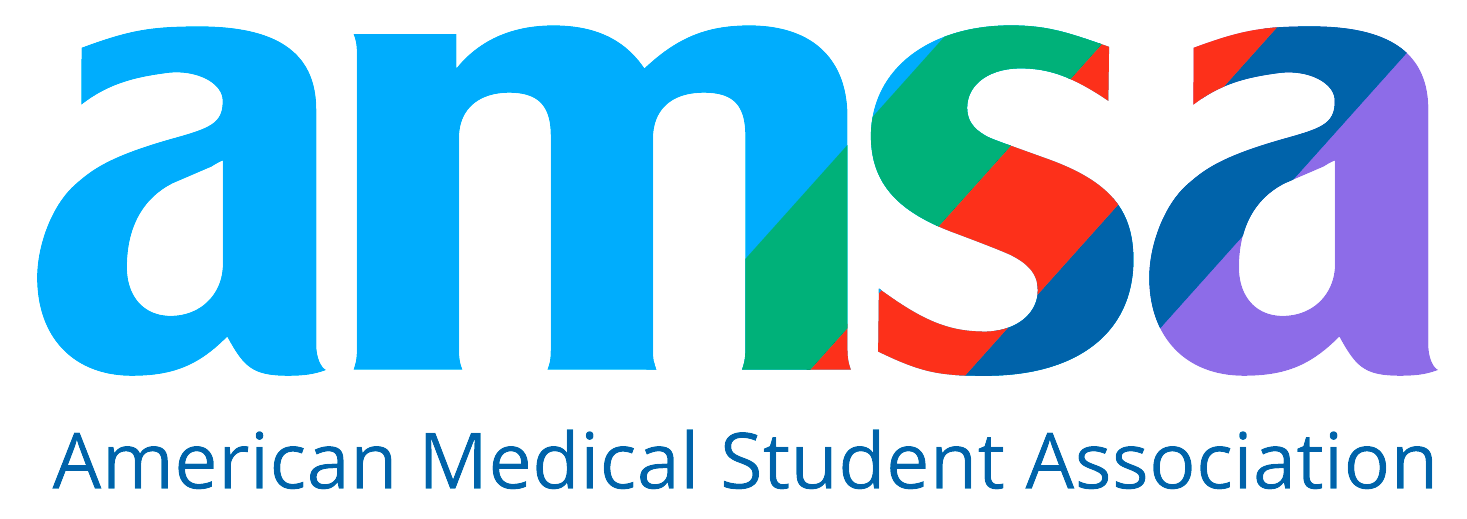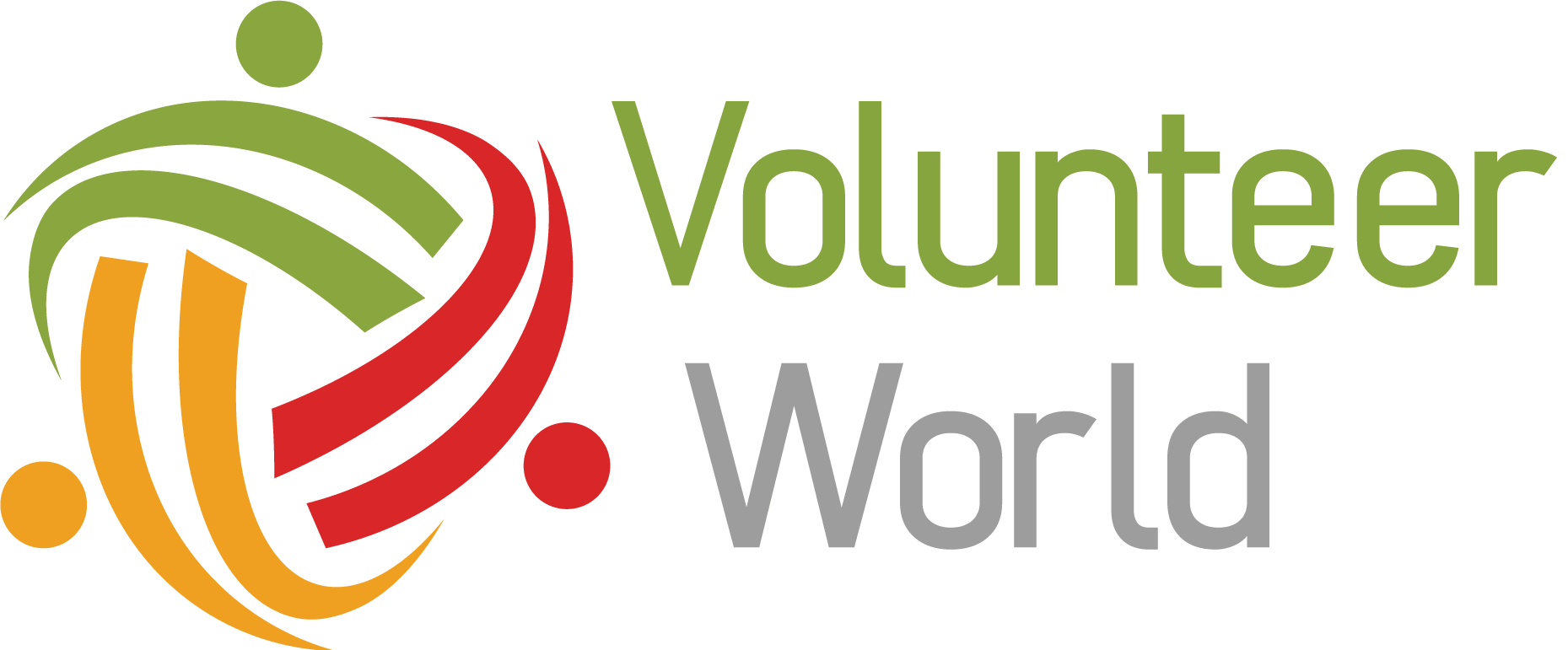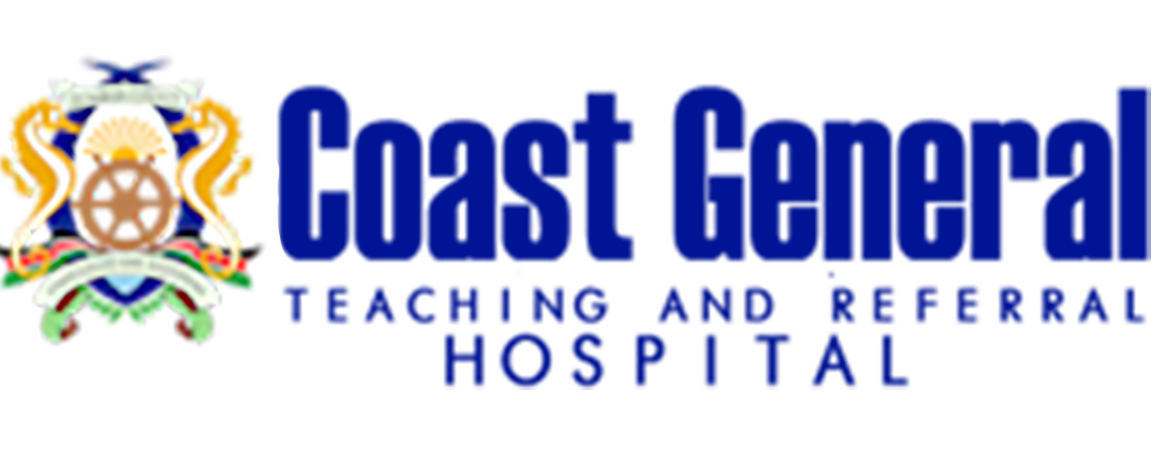Which U.S. Medical Schools Produce the Most Primary Care Physicians? (2025 Overview)
Go-Elective Abroad
Which U.S. Medical Schools Produce the Most Primary Care Physicians? (2025 Overview)
With a looming shortage of primary care physicians in the U.S., medical students seeking impactful specialties should consider schools known for producing primary care doctors. These schools often feature specific mission-focus curricula, strong mentorship, rural health training, and pathways into family medicine, internal medicine, or pediatrics. This aligns closely with Go Elective’s values of global health exposure, mentorship, and patient-centered care.
Early exposure to clinical care helps cement interest in primary care fields.
> Explore Go Elective’s medical internships abroad.
Osteopathic Medical Schools Leading in Primary Care Production
The top U.S. schools by percentage of graduates entering primary care are predominantly osteopathic:
-
Alabama College of Osteopathic Medicine – 47.5 %
-
Des Moines University (Iowa) – 46 %
-
Pacific Northwest University (Yakima, WA) – 45.2 %
-
William Carey University (Hattiesburg, MS) – 44.6 %
-
Touro University California – 44 %
-
(6-10) Others range from 43.7 % to 41.3 %
Osteopathic schools overall contributed 41.7 % of U.S.-trained primary care residents in 2021, showing a steady upward trend in family medicine placement
Allopathic & Public Medical Schools With Strong Primary Care Focus
Many public MD schools are known for directing graduates into primary care:
-
East Carolina University (Brody) – Ranked #2 nationally for family medicine and #1 in North Carolina
-
Brody’s mission is rural and underserved care — ideal for students aiming for community-based medicine.
-
University of Washington (WWAMI) – #1 for MD-granting primary care education; has 5-state rural training program
-
University of North Texas Health Science Center (TCOM) – 52 % of graduates enter general practice from 2018–2020
-
University of California–Davis – 36.3 % practicing primary care; has accelerated 3-year primary care pathways
-
University of California–San Francisco (UCSF) – Among top-tier schools with strong primary care emphasis
-
Other public leaders include University of North Carolina–Chapel Hill (36.9 %), Texas Tech, Texas A&M, Saint Louis University, University of Minnesota, and University of New Mexico .
Understanding the Percentages
-
Top osteopathic schools: 41–47 % of grads go into primary care
-
Public MD schools: 35–37 % on average enter primary care
-
In contrast, elite private institutions like Yale, Harvard, and Johns Hopkins have only 10–14 % going into primary care
What Makes These Schools Excel in Primary Care?
Common characteristics among high-performing primary care schools:
-
Focused mission – Schools like ECU Brody, UW–WWAMI, and UC Davis actively recruit students committed to underserved and rural medicine.
-
Innovative pathways – Accelerated tracks and continuity clinics immerse students early in primary care.
-
Osteopathic philosophy – DO schools emphasize holistic patient care and prevention, aligning with primary care values
-
Rural immersion – Programs like WWAMI place students in remote areas, where many end up practicing
Your Path to Medical School & Primary Care Careers
Aspiring primary care students should look for:
-
Clear primary care missions and curricular tracks
-
Early and prolonged clinical exposure
-
Community and rural health opportunities
Participation in global health experiences, such as Go Elective’s hands-on electives in Ethiopia, Kenya, or Tanzania, demonstrates your commitment to primary care values and strengthens your application.
Table: U.S. Medical Schools Producing High Primary Care Percentages
Final Takeaway
If your goal is to become a primary care physician—especially to serve underserved or rural communities—then osteopathic schools and public MD schools with strong primary care missions should be at the top of your list. These institutions provide structured pathways, mentorship, and clinical immersion that support your community-focused career goals.
To strengthen your application further, purpose-built international clinical electives—such as Go Elective’s medical internships in Kenya or Tanzania—make powerful additions to primary care-oriented portfolios and strengthen your readiness for holistic and preventive care.
Article Details
Categories
Recent Articles , Pre-health, Medical Electives,
Author: Go-Elective Abroad
Date Published: Jun 29, 2025
Travel with us.
Inquire Today!
Go Elective offers immersive opportunities for medical students, pre-med undergraduates, residents, nursing practitioners, and PAs to gain guided invaluable experience in busy hospitals abroad. Discover the power of study, travel, and impact.






